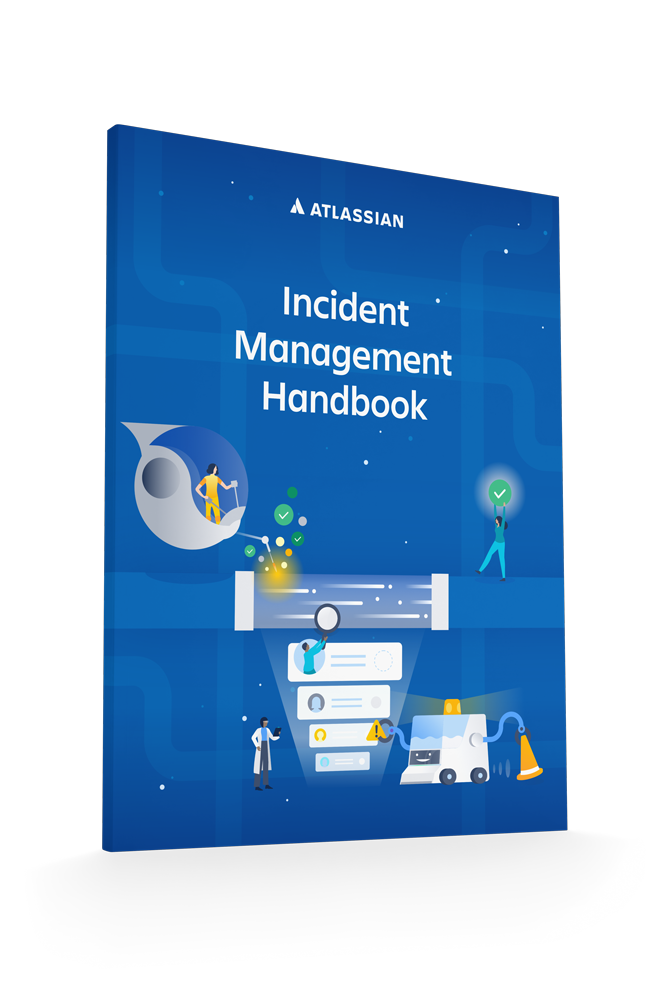
An incident postmortem can be divided into two distinct artifacts: the meeting where the incident is discussed, and the corresponding postmortem report created as an output of that meeting.
These two activities, the meeting and the report, are often used interchangeably when people refer to a “postmortem”. People might be talking about either, or both, when they use the term.
Looking to get started with a postmortem template? Check out our postmortem templates.
But there is a difference between the postmortem meeting and the written postmortem report.
At Atlassian, we typically use postmortem, or incident postmortem, to describe the entire process of analyzing an incident, including:
Read more about how Atlassian manages postmortems in our incident management handbook.
A good report should be based on a clear and consistent framework. Effective teams set up every postmortem on a template, where participants answer a set of questions or prompts.
This ensures key details aren’t forgotten. It also builds consistency across incidents, and helps the team identify patterns, trends, and opportunities for improvement. The framework can be iterated and improved on over time, but any changes should be intentional.
Postmortem fields aren’t places to skimp on details and gloss over events. This is where you want to get very granular and specific. Don’t say you saw a traffic spike, say precisely by how much and what metric changed. Don’t say the team was confused, pull in an exact quote from the chat history where someone expressed confusion.
Like many teams, we practice blameless postmortems here at Atlassian. It’s important to keep finger-pointing out of the meeting and the analysis of the incident. But be sure the same care is taken with the words written on the report. Avoid language that dishes out blame or singles people out.
Here are the prompts included in Opsgenie’s postmortem feature:
Check out our article on postmortem templates for more example questions to include on a postmortem report.
While it’s less common, some organizations choose to publish a public version of a post-mortem after an incident. This is especially common for large scale consumer services who have outages that affect a lot of users. They might be publishing the full postmortem report, or (more likely) they’re publishing a trimmed-down version of the internal report. It’s likely necessary to clean up some sensitive or private information.

Get our free incident management handbook. Learn all the tools and techniques that Atlassian uses to manage major incidents.